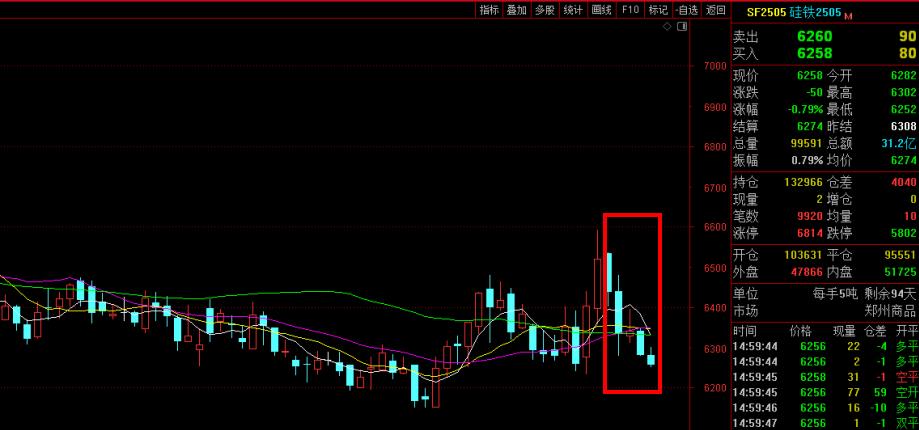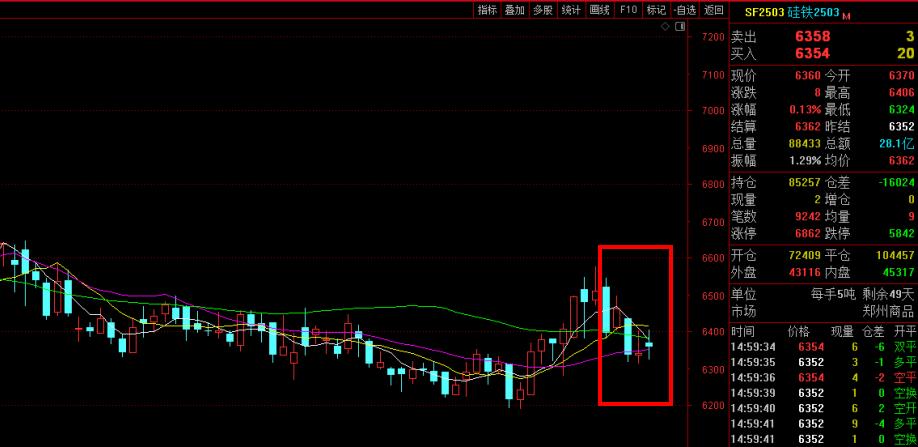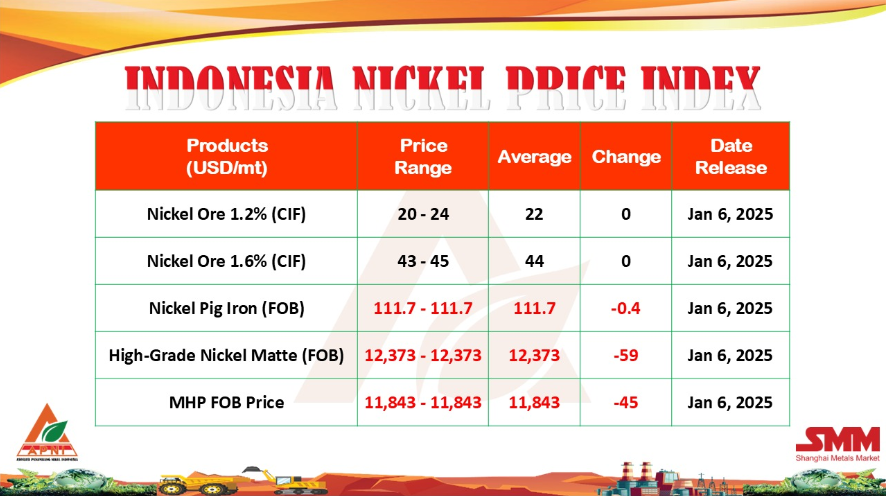[Ferro-Alloys.com] Metals Australia reports petrography on ‘high-grade’ titanium-vanadium-iron sulphide mineralisation found in recent drilling could more than double the vanadium content at the Manindi West prospect in Western Australia. The company says drillhole MND003 intersected 25m @ 0.47% V2O5, 24% TiO2 and 40.8% Fe, and indicates the titanium is contained in coarse ilmenite that can be separated from the magnetite. This could then more than double the vanadium content of the remaining magnetite concentrate product to more than 1% V2O5 and up to 60% Fe, producing a saleable titanium rich ilmenite product. Metals Australia Chairman Mike Scivolo says these petrographic results are a breakthrough for the company.“Being able to separate the high-grade titanium mineral, ilmenite, from the magnetite means that the company could produce several high-value products, including a high-grade vanadium bearing magnetite concentrate which is highly sought after feedstock for vanadium pentoxide production. Vanadium Pentoxide is used to generate vanadium electrolyte for Vanadium Redox Flow Batteries (VRFBs) that are fast becoming the ideal grid energy storage battery technology for renewable energy projects.”Metals Australia reports the previously completed diamond drillhole MND003 tested the 3km strike length Manindi West mafic intrusive target below the previous reverse circulation (RC) hole MNRC071.
This hole produced a broad vanadium-titanium intersection of 70m @ 0.30% V2O5, 28% Fe and 11.5% TiO2 from 48m including 20m @ 0.44% V2O5, 34.8% Fe and 14.3% TiO2. The company says the mineralisation comprises magnetite and ilmenite crystals with interstitial sulphides that include pyrrhotite, pyrite and chalcopyrite. Scanning Electron Microscope (SEM) analyses of the magnetite and ilmenite indicates the titanium is almost entirely contained in the ilmenite (SEM: 51.5% TiO2, 46.5% FeO, 0.3% V2O5), and the vanadium is almost entirely contained in the magnetite (SEM: 1.6% V2O5, 97.7% FeO, 0.35% Ti2O). It also reports ilmenite is a composite of iron and titanium oxides and is weakly magnetic. Highly magnetic materials can then be subjected to a wet ’high-intensity’ magnetic separation stage to concentrate the ilmenite. The resulting ‘high-grade’ magnetite concentrate can grade up to 60% Fe and over 1% V2O5 and would represent a ‘high-value’ ore for downstream processing. Metals Australia says facilities are being developed for downstream processing of such ores within Western Australia, including the Australian Vanadium (ASX:AVL) Project located 200km north of Manindi that has completed a Bankable Feasibility Study (BFS) into onsite concentrate production and downstream processing in Geraldton to produce ‘high-value’ vanadium pentoxide. The company reports the ‘high-grade’ titanium ilmenite concentrate (targeting over 50% TiO2 and over 25% Fe) then becomes an additional ‘high-value’ product that is priced at around $US42,000 per tonne. Follow-up drilling is set to commence to test across the entire magnetic unit at Manindi West including the base of the intrusive where there is also potential for nickel-copper-cobalt bearing massive sulphide zones. The company has also planned 2 diamond drillholes for around 600m to test the Manindi West vanadium-titanium-sulphide target, stating a drilling contractor has been mobilised and drilling will commence early next week. Metals Australia is an active exploration and mining development company with a portfolio of battery minerals, metal, and gold projects in Australia and Canada. These projects include the Lac Rainy Graphite Project in Quebec, Canada, and the 80% owned Manindi Project located 500km northeast of Perth.
China's industrial profits dip, but structure betters
China's industrial profits declined on multiple factors, but continue to see improvement in business profit structure, according to the National Bureau of Statistics (NBS) Sunday. Major industrial firms with annual main business revenues of at least 20 million yuan ($2.8 million) each saw their combined profits dip 3 percent year-on-year in the first 10 months of the year to reach about 6.98 trillion yuan, data from the NBS showed. The combined revenues of these firms sustained growth during the period, rising 7.6 percent year-on-year to 111.78 trillion yuan.
A total of 19 out of 41 major industries saw growth in profits in the January-October period, according to the NBS. Senior NBS statistician Zhu Hong attributed the revenue growth moderation and profit slip of industrial firms to multiple factors, including the scattered and rising COVID-19 cases at home and the reversal of positive growth in the producer price index, which measures costs for goods at the factory gate.
Despite the overall profit decline, the business profit structure of industrial firms continues to optimize, with some firms in the midstream and downstream of the industry chain posting an evident uptick in profit margins, Zhu said. From January to October, profits of the equipment manufacturing industry climbed 3.2 percent, rallying for six months in a row.
The sector's profits accounted for 32.2 percent of the total during the period, expanding by 7.1 percentage points compared with that in the first two months, revealing a better industry structure, Zhu noted. Zhu also highlighted the 0.8-percent profit growth of the automobile manufacturing sector, which is the first positive cumulative growth seen in this sector in 2022, as policies to boost car consumption continue to take effect and car sales have maintained fast expansion.
The electricity generation industry drove up the most growth of industrial profits, according to Zhu. The sector reported a year-on-year profit growth of 28.1 percent from January to October, lifting the total growth by 1 percentage point. Foreign-invested firms and small and medium-sized industrial companies saw their profit margins in the first 10 months turn for the better as a result of policy incentives, data showed. Despite the positive signals, Zhu still cautioned against challenges, including the domestic COVID-19 resurgence and risks of a global economic recession. To consolidate the recovery momentum of the industrial economy, Zhu said more efforts should be put into efficiently coordinating epidemic prevention and control with economic and social development, and advancing the implementation of pro-growth policies and measures.
- [Editor:tianyawei]



 Save
Save Print
Print Daily News
Daily News Research
Research Magazine
Magazine Company Database
Company Database Customized Database
Customized Database Conferences
Conferences Advertisement
Advertisement Trade
Trade














 Online inquiry
Online inquiry Contact
Contact

Tell Us What You Think